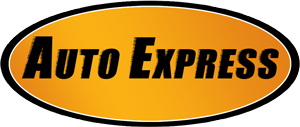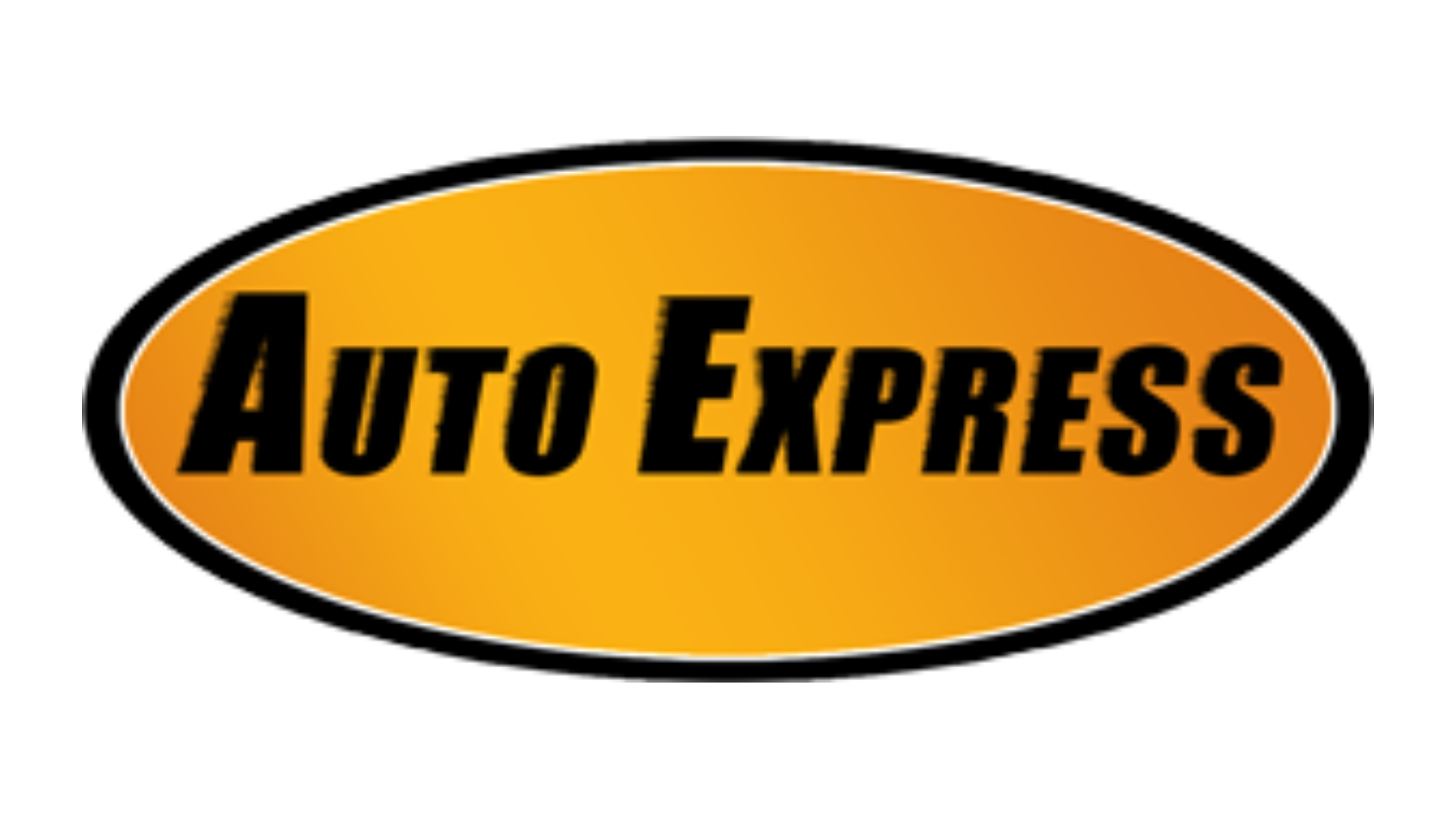The Ultimate Guide to Certified Smog Tests in Sacramento: Everything You Need to Know
If you're a vehicle owner in Sacramento, you're likely familiar with the term "certified smog test." It's a routine part of car ownership that can sometimes be a bit of a hassle. But understanding the importance of certified smog tests, how they work, and where to get them done can make the process much smoother. In this comprehensive guide, we'll cover everything you need to know about certified smog tests in Sacramento, including why they're essential, how often you need them, and tips for ensuring your vehicle passes with flying colors.
What is a Certified Smog Test?
A certified smog test, also known as an emissions test, is a procedure that measures the amount of pollutants your vehicle emits. These pollutants include carbon monoxide, nitrogen oxides, and hydrocarbons, which contribute to air pollution and smog—a significant environmental issue in urban areas like Sacramento. The certified smog test is designed to ensure that vehicles meet specific emissions standards set by the state of California to reduce the impact on air quality.
Why Are Certified Smog Tests Required in
Sacramento?
Sacramento, like many other cities in California, has stringent air quality regulations. The region's geography, climate, and high population density contribute to the formation of smog, which can have severe health and environmental consequences. To combat this, the state of California requires most vehicles to undergo regular certified smog tests. These tests help identify vehicles that are polluting more than they should be, ensuring that only clean-running vehicles are on the road.
Who Needs a Certified Smog Test in Sacramento?
Not all vehicles are required to get a certified smog test in Sacramento, but most are. Here's a breakdown of which vehicles need to be tested:
- Gasoline-powered vehicles: Generally, cars, trucks, and SUVs powered by gasoline that are more than eight years old and less than 30 years old must undergo a certified smog test every two years. Vehicles older than 1975 are exempt.
- Diesel-powered vehicles: Diesel vehicles from model year 1998 and newer with a gross vehicle weight rating of 14,000 pounds or less are required to get a certified smog test every two years.
- Hybrid vehicles: Hybrid cars also need a certified smog test every two years, just like gasoline and diesel vehicles.
- Electric vehicles: Fully electric vehicles are exempt from certified smog testing.
- Vehicles with a gross vehicle weight rating (GVWR) of over 14,000 pounds: These vehicles are typically exempt from certified smog testing.
- Motorcycles and trailers: These are also exempt from certified smog testing.
If you're unsure whether your vehicle needs a certified smog test, you can check with the California Department of Motor Vehicles (DMV) or refer to your vehicle registration renewal notice, which will indicate if a certified smog test is required.
How Often Do You Need a Certified Smog Test in
Sacramento?
Most vehicles in Sacramento require a certified smog test every two years as part of the vehicle registration renewal process. If you sell your vehicle, you'll also need to get a certified smog test unless the car is less than four years old. In that case, the buyer will need to pay a certified smog transfer fee instead.
Newer vehicles (within the first eight model years) are generally exempt from certified smog testing, except when sold. However, this exemption comes with a caveat—if your vehicle is within this range, you may still be required to pay an annual certified smog abatement fee.
What Happens During a Certified Smog Test?
A certified smog test is a straightforward process that usually takes about 20-30 minutes. Here’s a step-by-step breakdown of what happens during a typical certified smog test in Sacramento:
- Visual Inspection: The technician will first conduct a visual inspection of your vehicle's emission control components to ensure everything is in place and functioning correctly.
- Functional Inspection: Next, the technician will perform a functional test of various emission-related components, such as the on-board diagnostic (OBD) system, which monitors your vehicle's performance.
- Emissions Test: The main part of the certified smog test involves measuring the levels of pollutants coming from your vehicle's exhaust. This is done using a dynamometer, which simulates driving conditions while the vehicle is stationary, allowing the technician to measure emissions at different speeds and engine loads.
- Results: Once the test is complete, you'll receive a Vehicle Inspection Report (VIR) that indicates whether your vehicle passed or failed the certified smog test. The results are also electronically transmitted to the DMV.
How to Prepare for a Certified Smog Test in
Sacramento
No one likes failing a certified smog test, but there are steps you can take to increase the chances of passing on the first try:
- Warm Up Your Engine: Before taking your vehicle in for a certified smog test, make sure the engine is properly warmed up. Drive for at least 15-20 minutes to get the engine to its optimal operating temperature.
- Check Your Tires: Properly inflated tires can affect the accuracy of the emissions test, especially when the vehicle is tested on a dynamometer. Ensure your tires are inflated to the recommended pressure.
- Fix Any Known Issues: If you know your vehicle has issues, such as a check engine light that's been on for a while, get them fixed before going for a certified smog test. A check engine light will automatically result in a failed test.
- Change Your Oil: Dirty oil can release excess pollutants, so consider getting an oil change before your certified smog test.
- Use a Fuel Additive: Some drivers find that using a fuel additive designed to clean your engine can help reduce emissions and improve your chances of passing the certified smog test.
What to Do If Your Vehicle Fails a Certified Smog
Test
Failing a certified smog test can be frustrating, but it's not the end of the road. If your vehicle doesn't pass, you'll receive a detailed report explaining why. Here’s what you can do next:
- Make Repairs: The first step is to address the issues that caused your vehicle to fail. This may involve replacing faulty components, repairing the exhaust system, or fixing any leaks.
- Retest: After making the necessary repairs, you'll need to have your vehicle retested. In some cases, you may be eligible for a free retest at the same station, depending on their policies.
- Apply for Financial Assistance: If the cost of repairs is too high, you may be eligible for financial assistance through California's Consumer Assistance Program (CAP). This program provides funds to help eligible vehicle owners repair or retire their vehicles if they fail a certified smog test.
- Vehicle Retirement: If your vehicle is old and the cost of repairs is prohibitive, you might consider retiring it. Through CAP, you could receive up to $1,500 to retire a high-polluting vehicle.
Where to Get a Certified Smog Test in Sacramento
Sacramento has many certified smog check stations where you can get your vehicle tested. These include independent shops, dealerships, and some oil change centers. When choosing a certified smog check station, consider the following:
- Certification: Make sure the station is certified by the Bureau of Automotive Repair (BAR) to perform certified smog tests. Look for a sign that says "Certified Smog Check" along with the station's license number.
- Type of Station: There are different types of certified smog check stations, including Test-Only stations, Test-and-Repair stations, and STAR stations. STAR stations are held to higher standards and can perform tests on all vehicles, including those directed to STAR stations by the DMV.
- Convenience: Consider the location and hours of operation. Some stations offer walk-in service, while others may require an appointment.
- Cost: The cost of a certified smog test can vary depending on the station and the type of vehicle. On average, you can expect to pay between $30 and $70 for a certified smog test in Sacramento. Some stations may offer coupons or discounts, so it's worth shopping around.
The Impact of Certified Smog Tests on
Sacramento’s Air Quality
Sacramento’s air quality has improved significantly over the years, thanks in part to the state's strict emissions standards and the requirement for regular certified smog tests. These efforts have helped reduce the number of high-polluting vehicles on the road, leading to cleaner air and a healthier environment.
According to the California Air Resources Board (CARB), the certified smog check program has been instrumental in reducing emissions of nitrogen oxides (NOx) and hydrocarbons, both of which contribute to the formation of ground-level ozone, a key component of certified smog. By identifying and repairing high-emitting vehicles, the certified smog check program helps keep Sacramento's air cleaner and safer for everyone.
Future of Certified Smog Testing in Sacramento
As vehicle technology continues to evolve, the certified smog testing process is also changing. With the rise of electric vehicles and advancements in hybrid technology, fewer vehicles may require traditional certified smog tests in the future. However, until all vehicles on the road are zero-emission, certified smog tests will continue to play a crucial role in maintaining air quality in Sacramento.
The state of California is also exploring new ways to improve the certified smog check program. This includes the development of remote sensing technology, which could allow for more frequent and convenient emissions testing without the need for a visit to a certified smog check station. These advancements could make the process even more efficient while continuing to protect Sacramento’s air quality.
Conclusion
Getting a certified smog test in Sacramento is an essential part of vehicle ownership, especially if you want to stay compliant with state regulations and contribute to cleaner air. By understanding the certified smog test process, knowing when and where to get your vehicle tested, and taking steps to ensure your car passes, you can make the experience as hassle-free as possible.
Remember, a certified smog test isn’t just a legal requirement—it’s a way to ensure your vehicle is running efficiently and not contributing to Sacramento’s air pollution problem.



